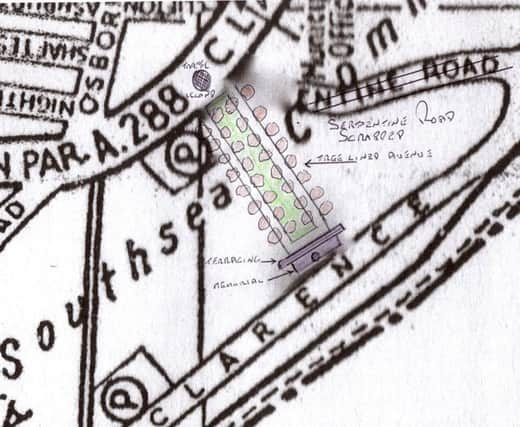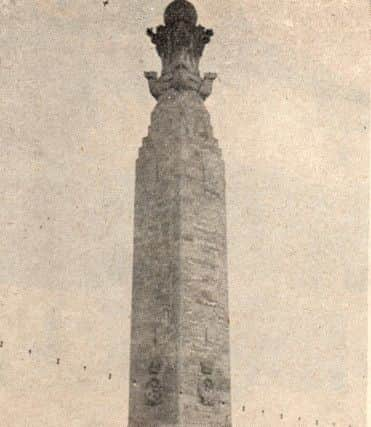War memorial should have looked so different


In 1947, the Imperial War Graves Commission (as it was then), the Admiralty and Portsmouth planning and reconstruction committee had approved plans for a fine avenue of trees across the common from Clarence Parade to the memorial.
The proposed avenue would have had two carriageways separated by a green area 100ft wide along with four rows of trees.
Serpentine Road was to have been done away with.


Advertisement
Hide AdAdvertisement
Hide AdThe avenue would have been about 300 yards long and would have had a roundabout at its junction with Clarence Parade.
The landward side of the memorial would have sloped downwards.
It was proposed to build a garden with a paved terrace which would have been surrounded by a wall.
That would have been inscribed with the names of the officers and men who lost their lives in the second conflict and had no known grave.


Advertisement
Hide AdAdvertisement
Hide AdWhatever happened to scrap the plans for the avenue I don’t know.
I expect it was because of the cost and thatalso it would have split the common in two.
A new wall was built on the common side of the memorial and the names of those with no other grave than the sea during the Second World War were inscribed on it.
But it is, sadly, only a shadow of what the memorial might have been.
When one thinks that this is the Portsmouth that was once the world’s premier naval port, perhaps more could, or should, have been done.